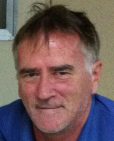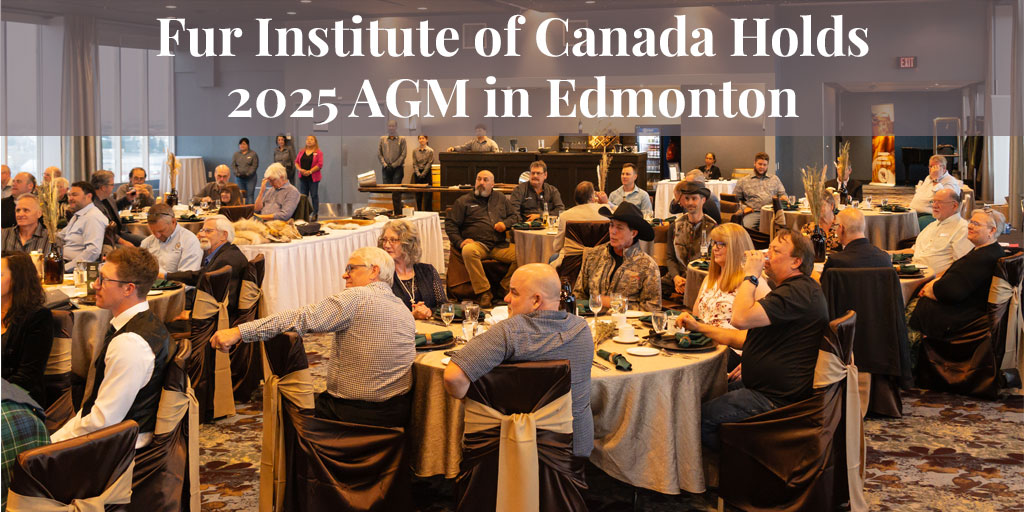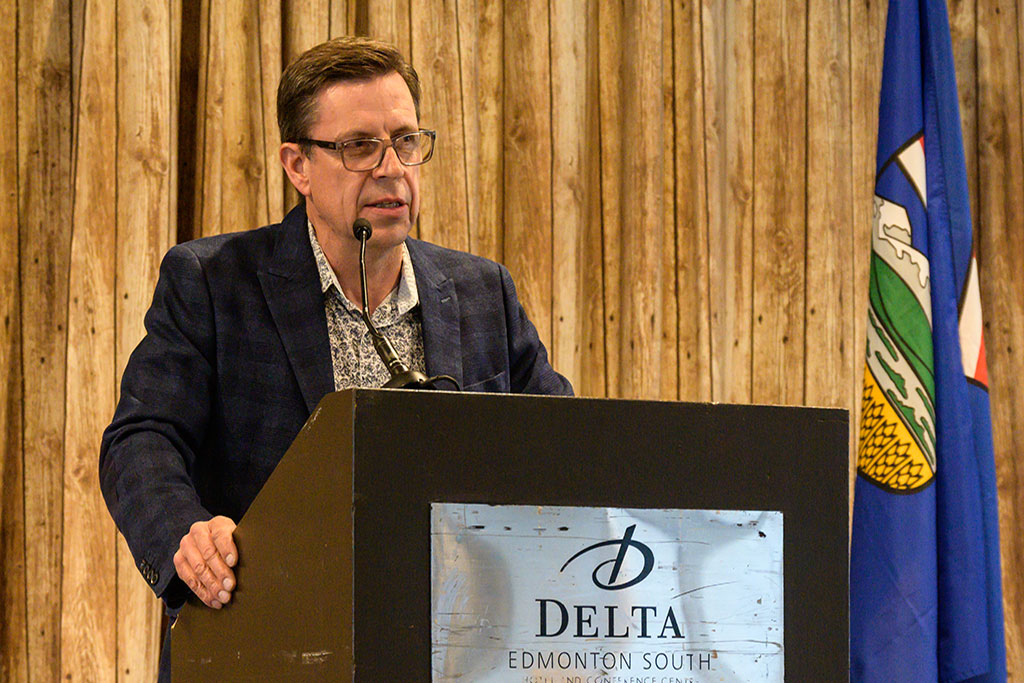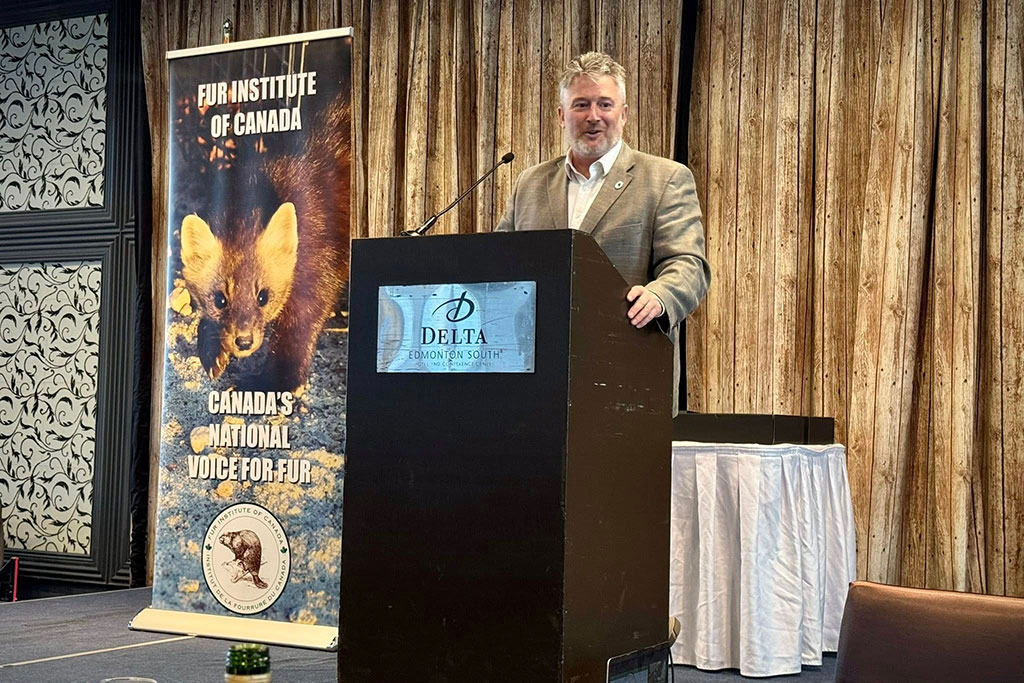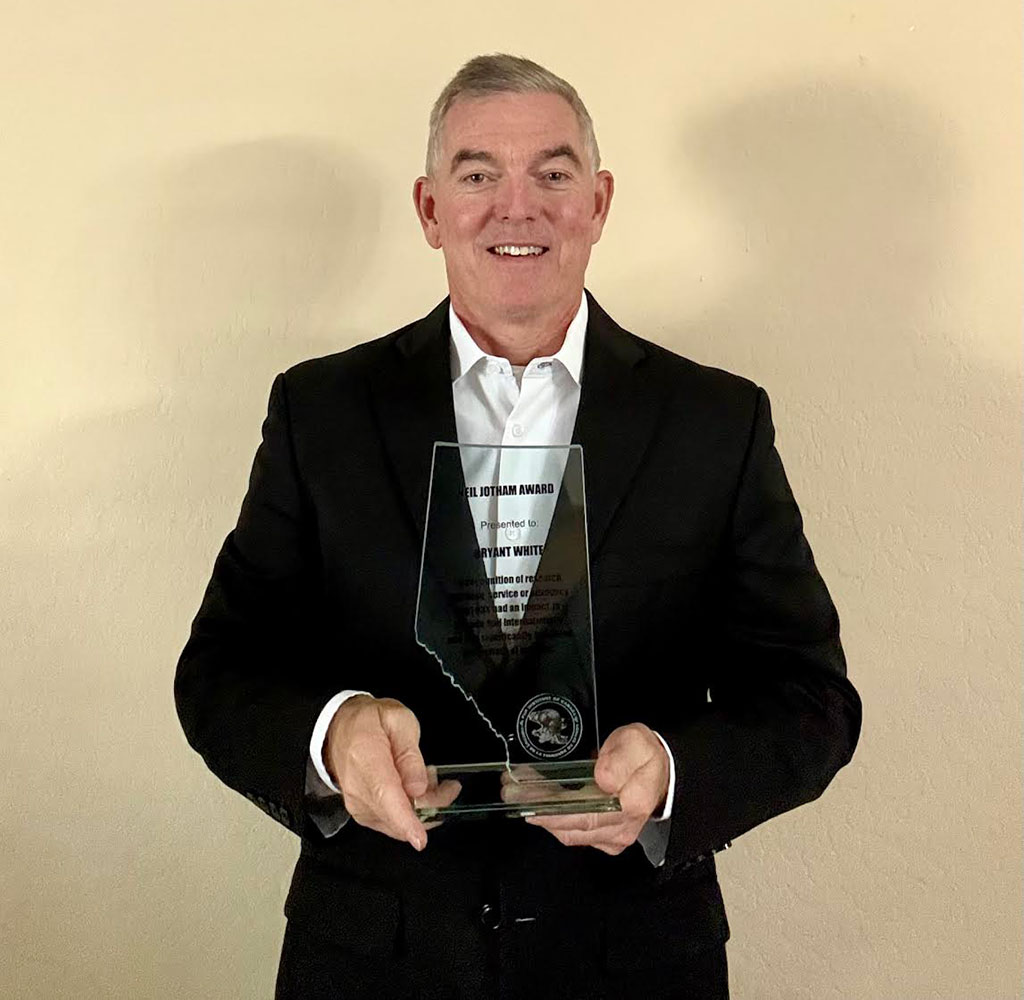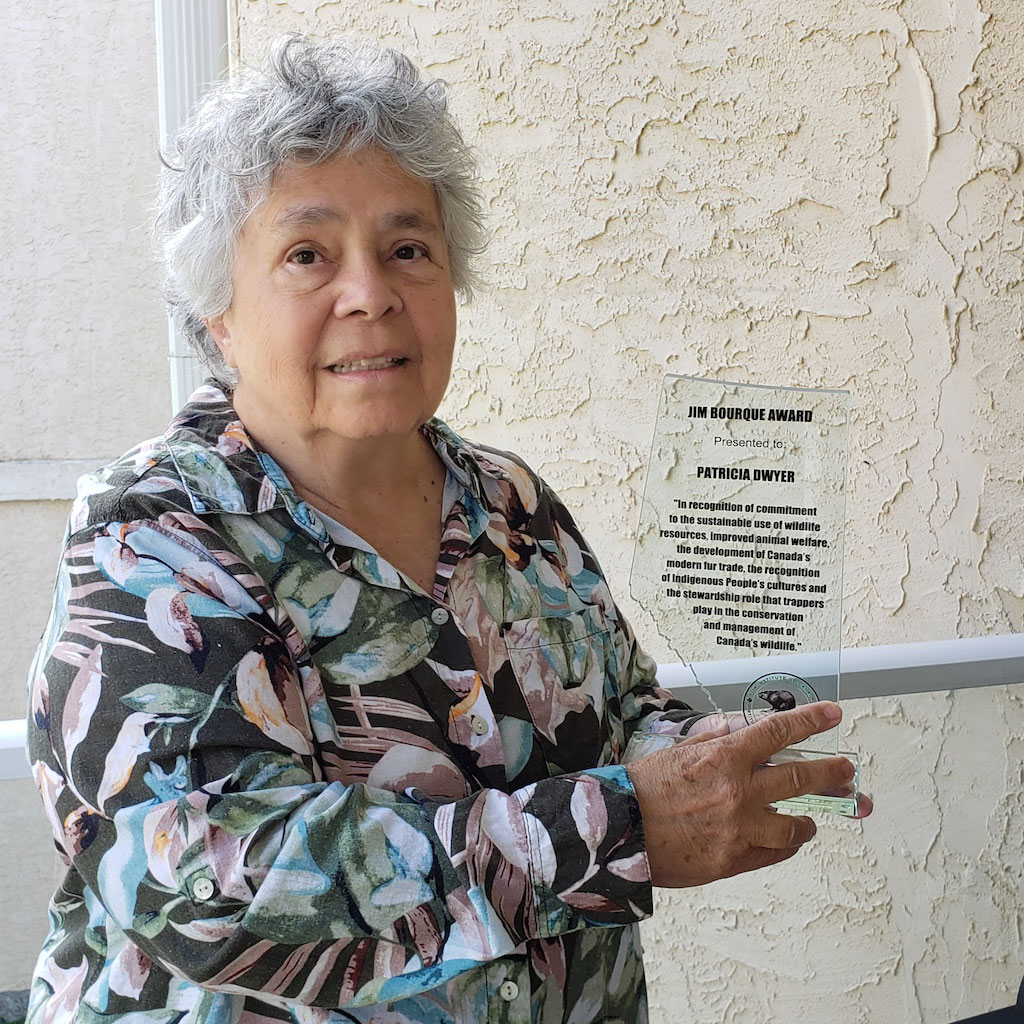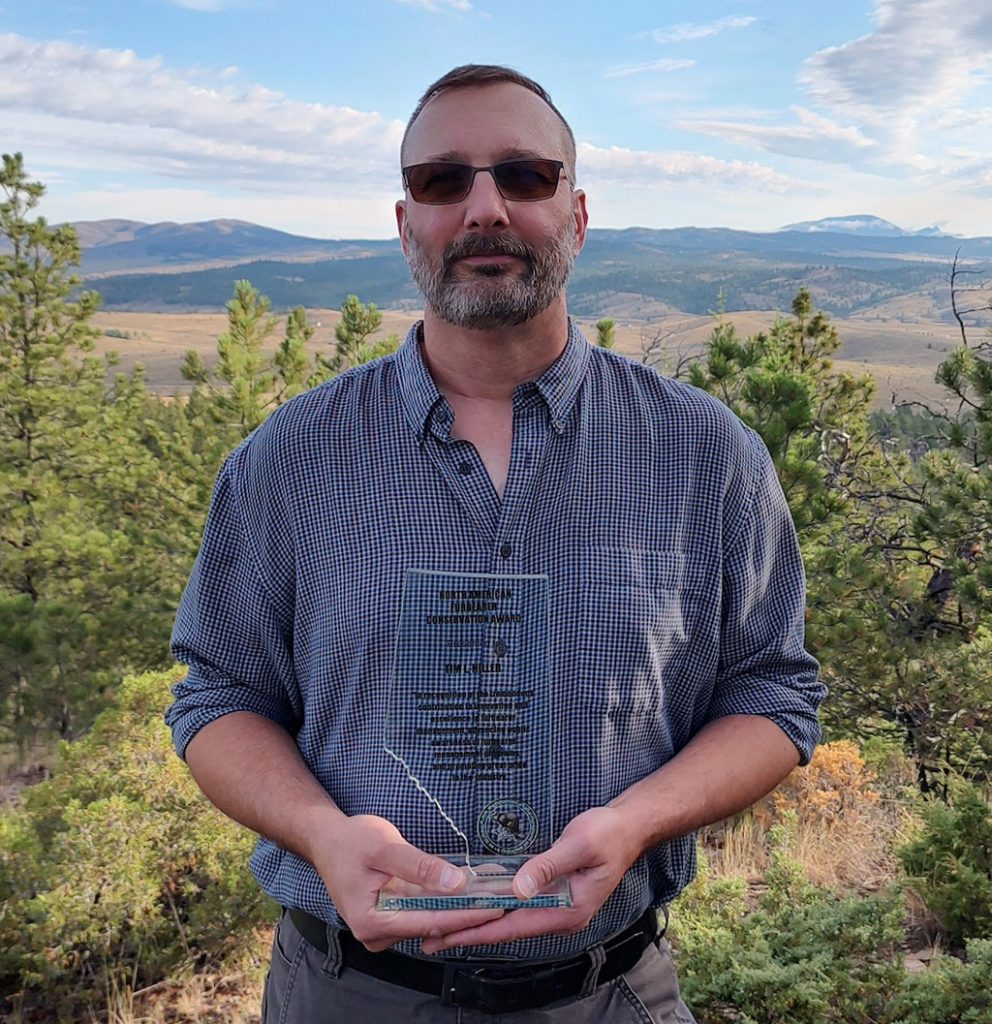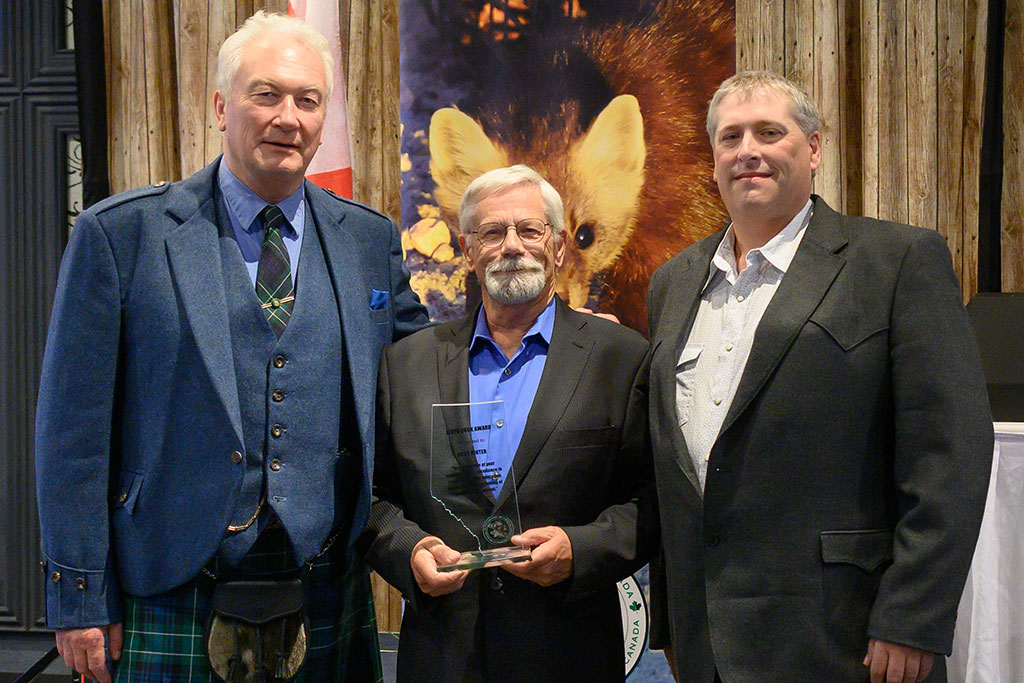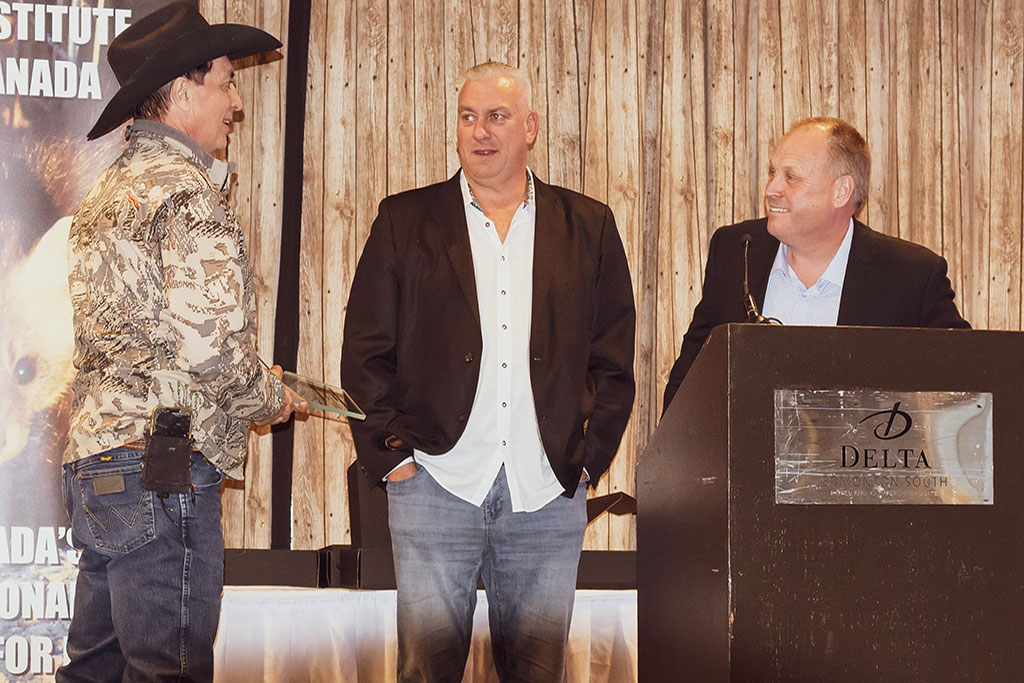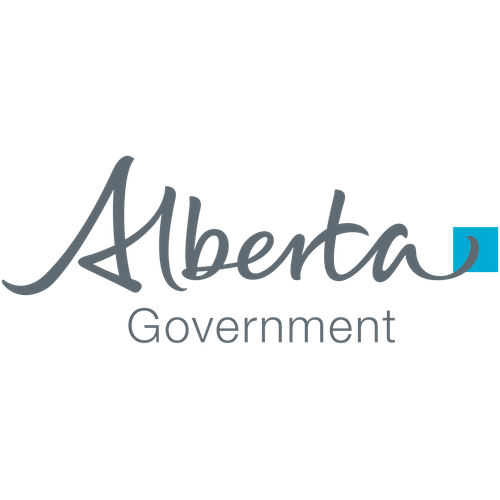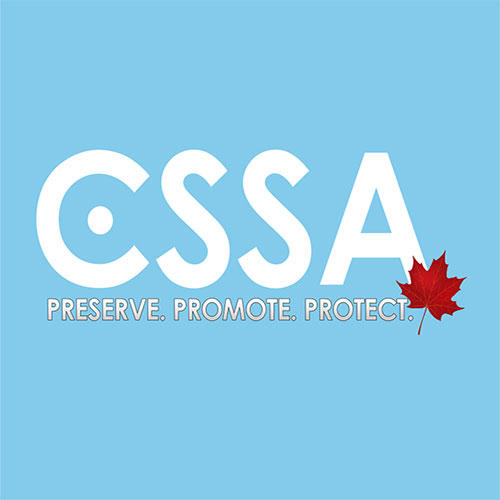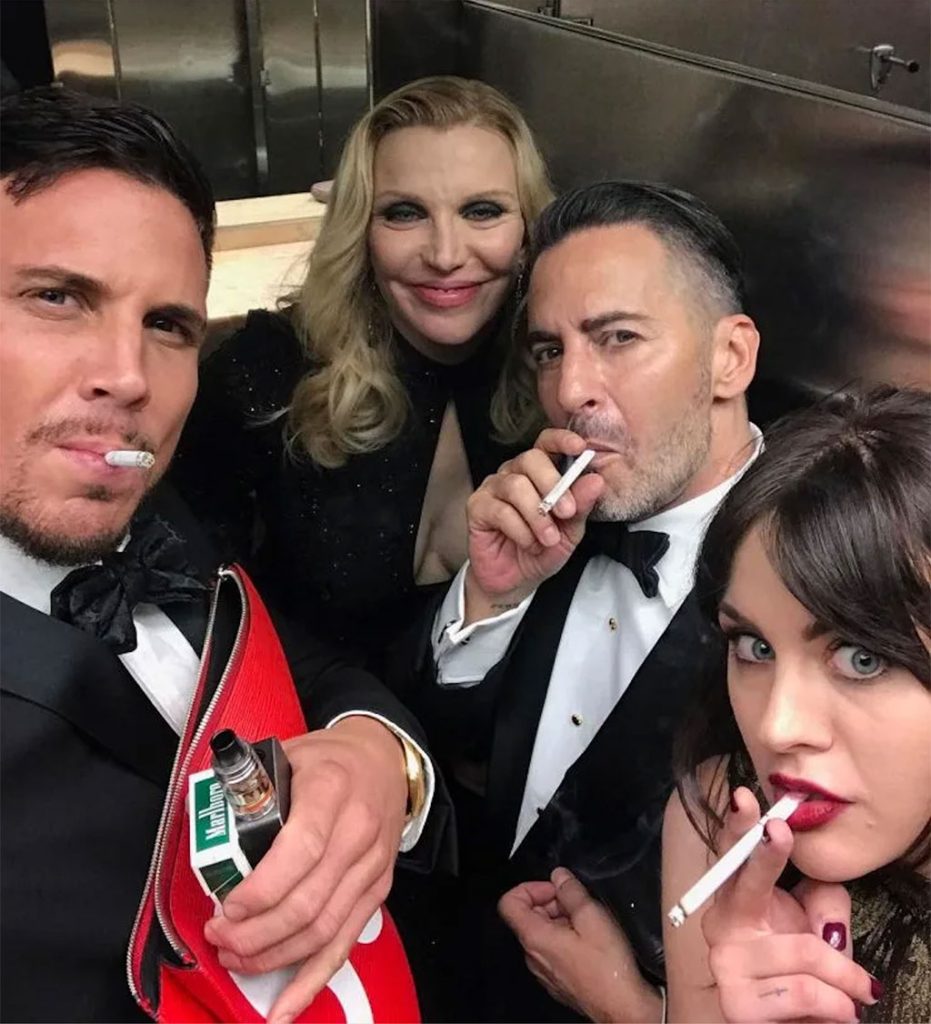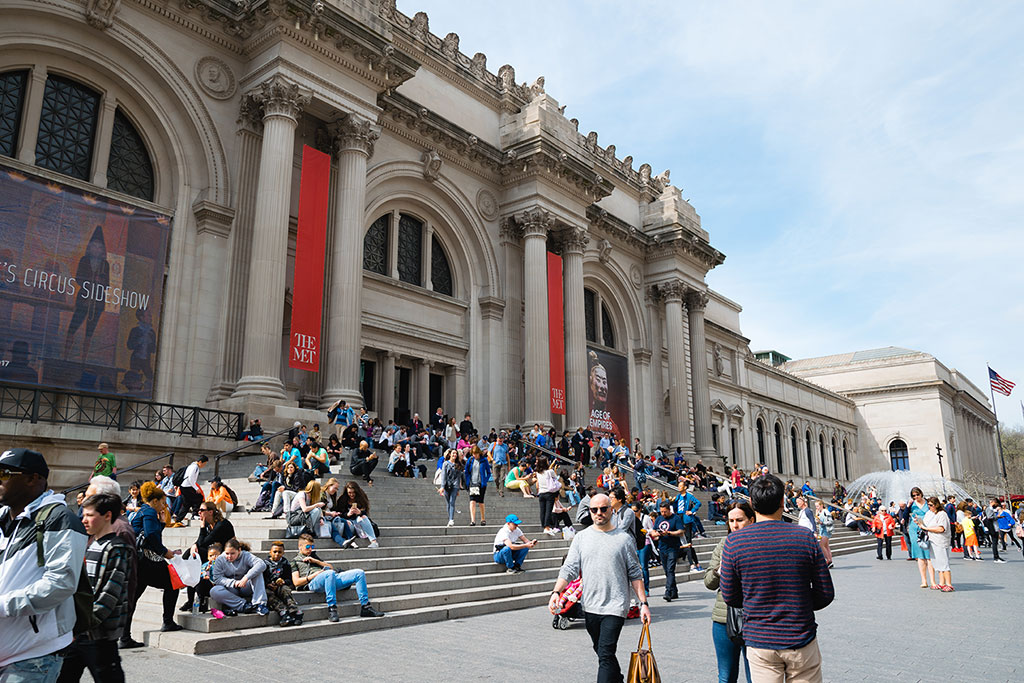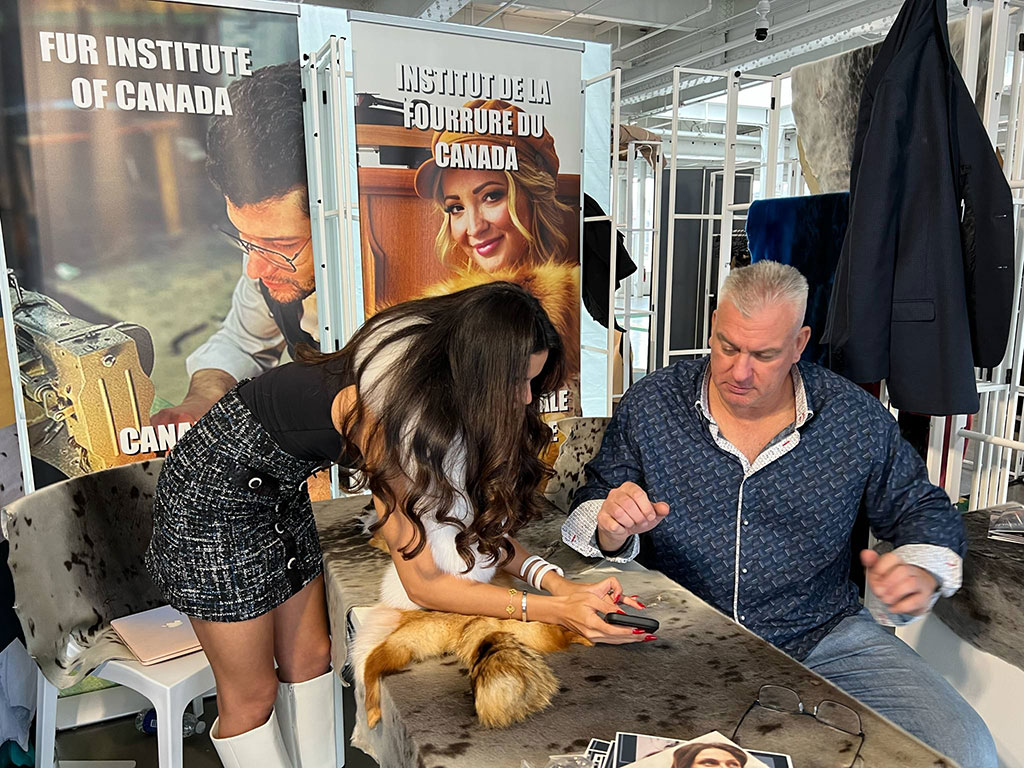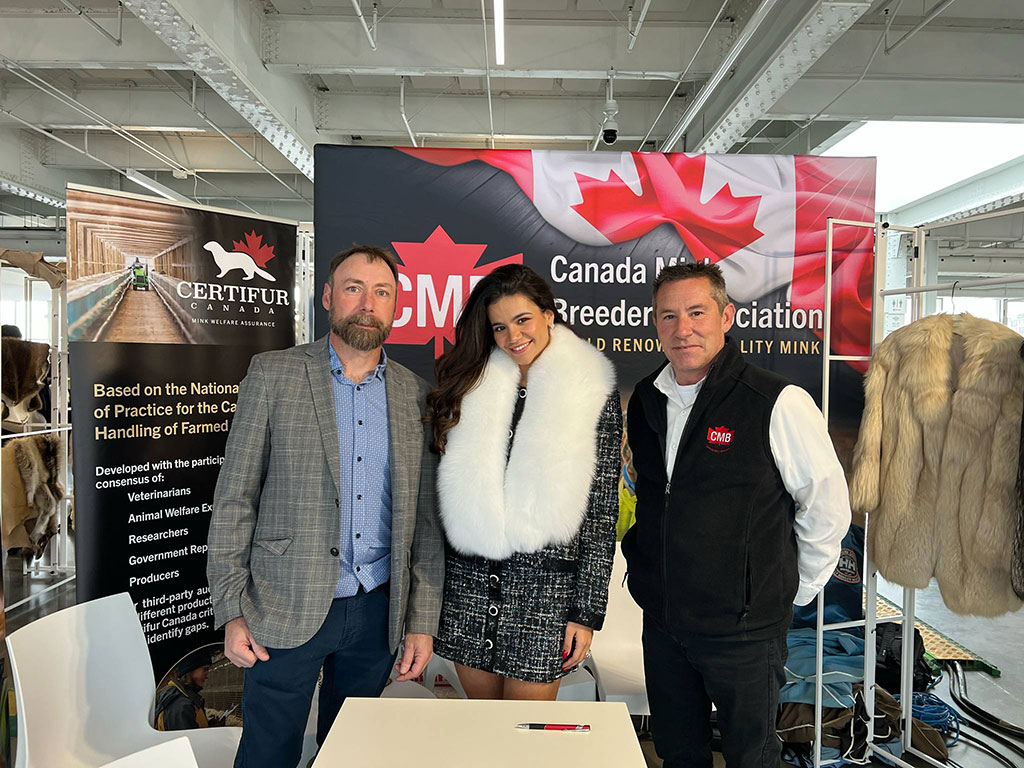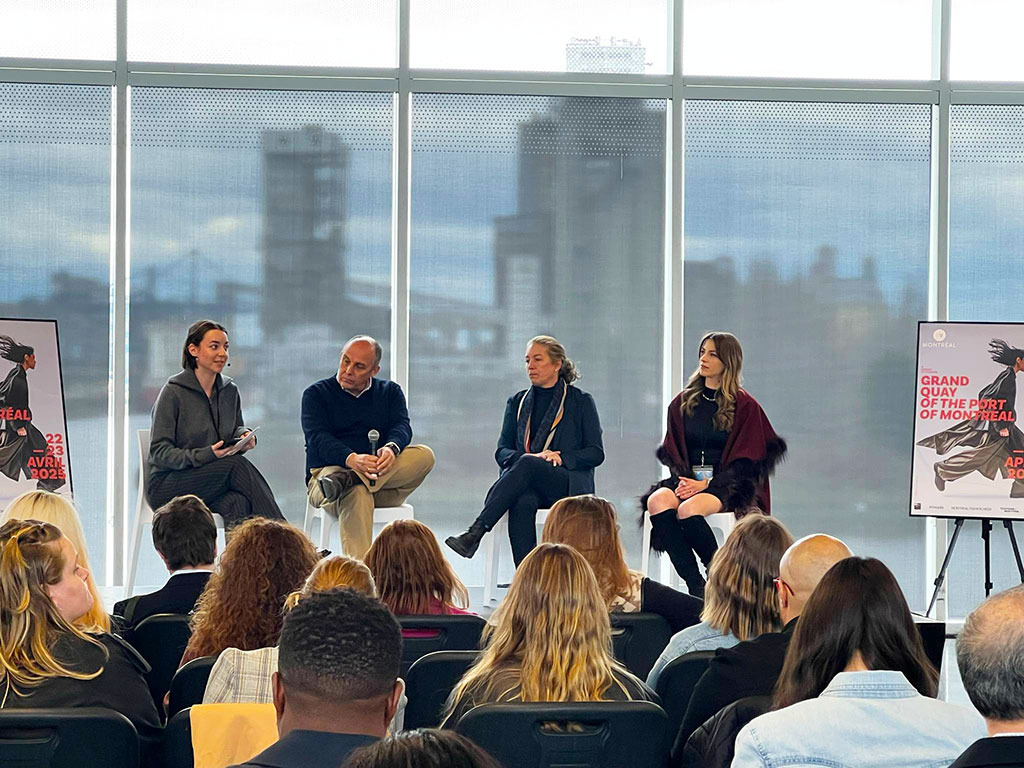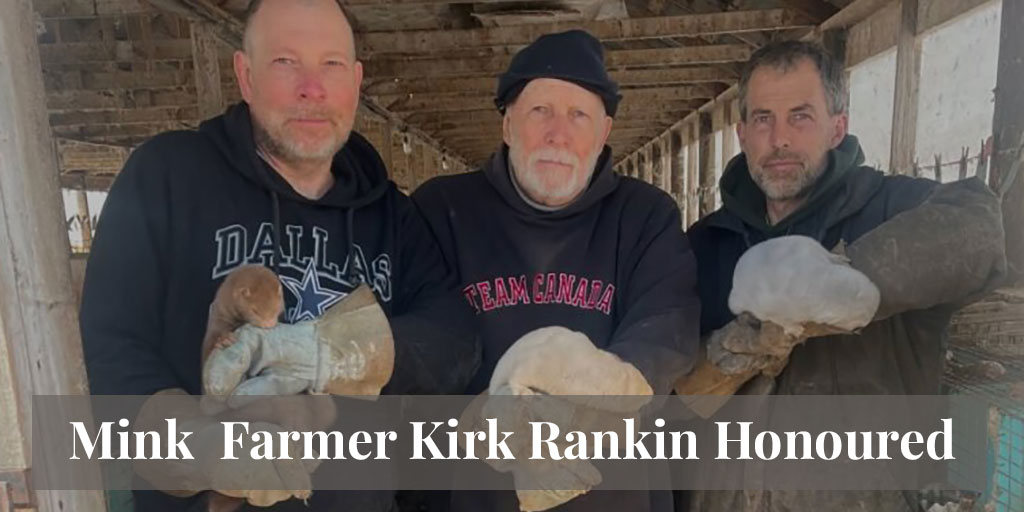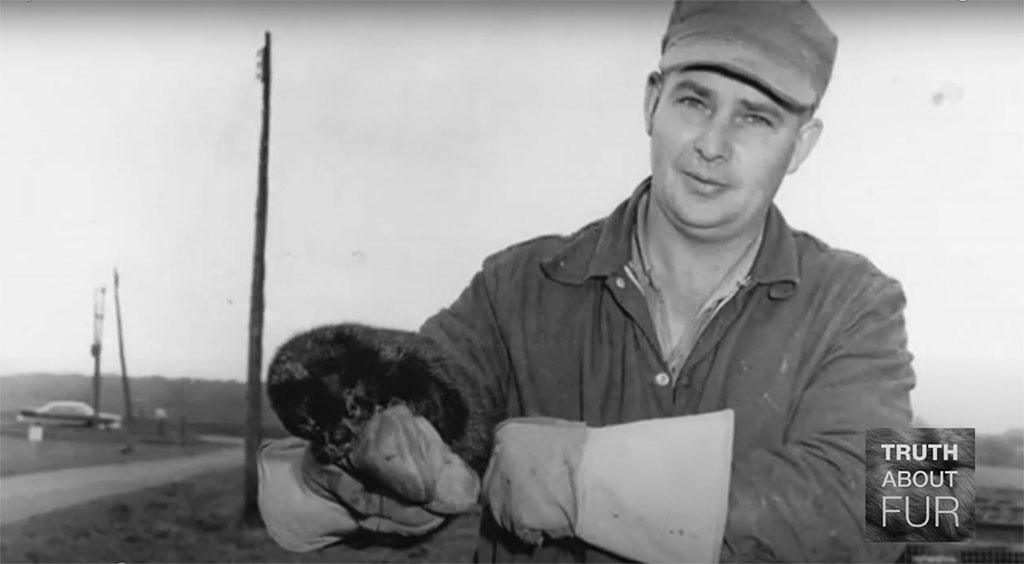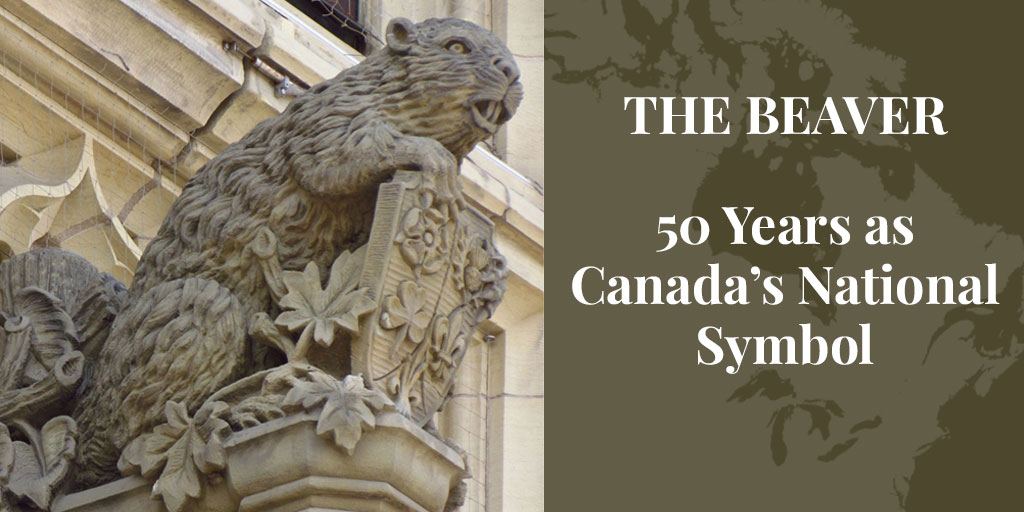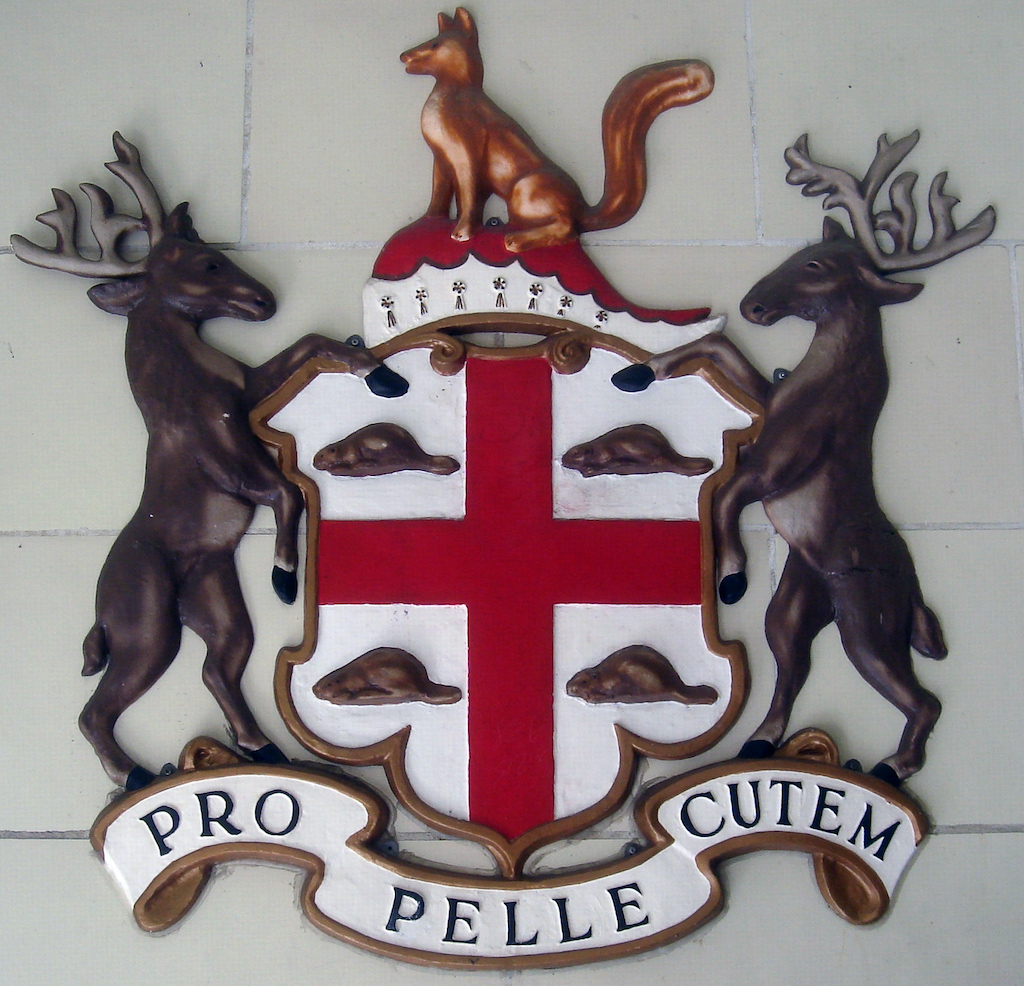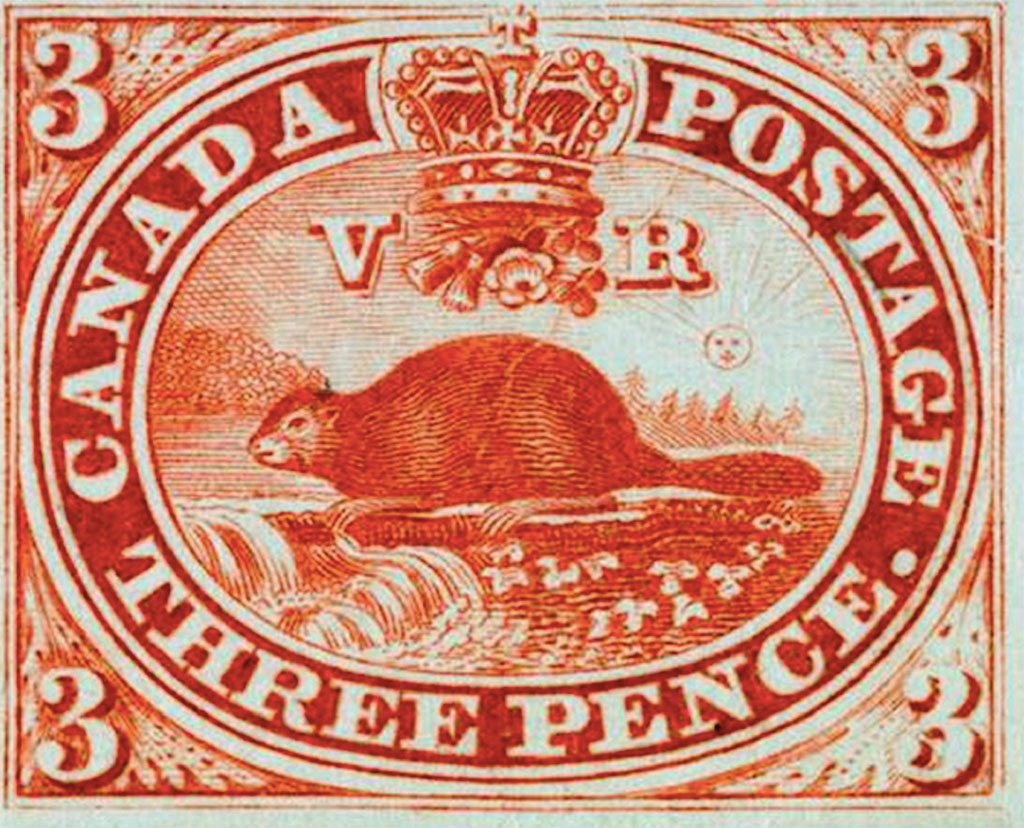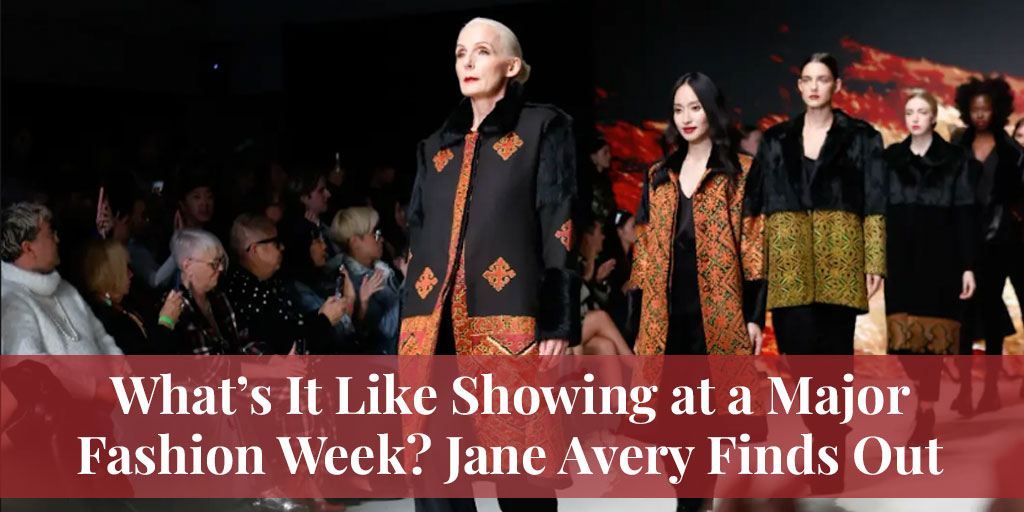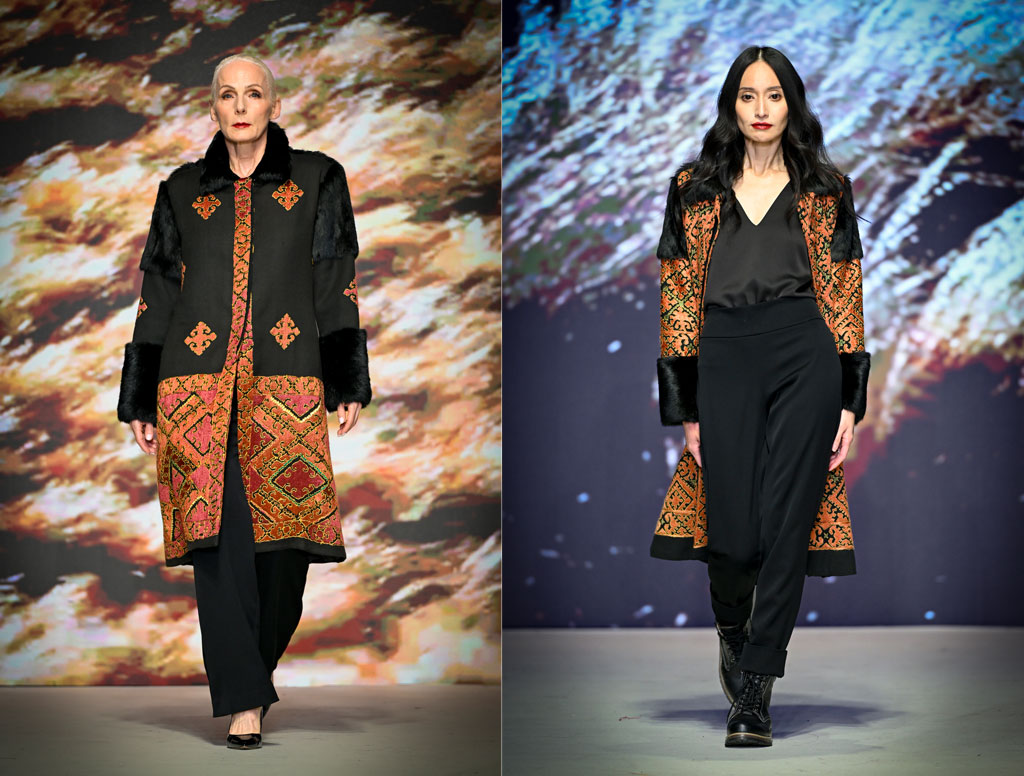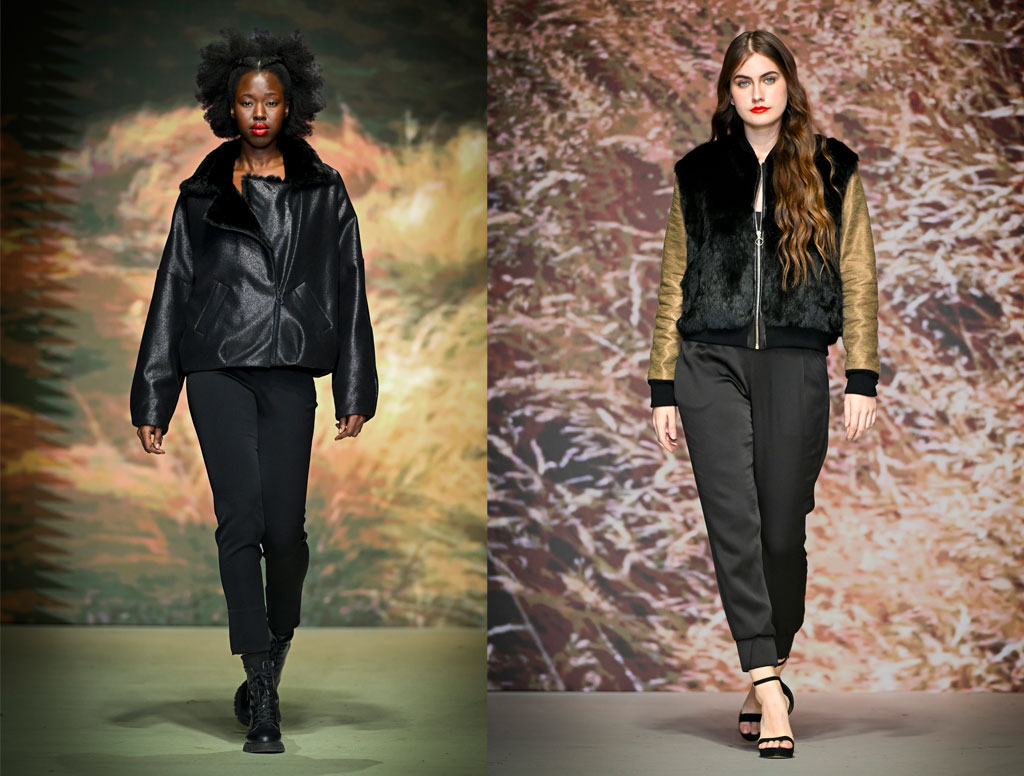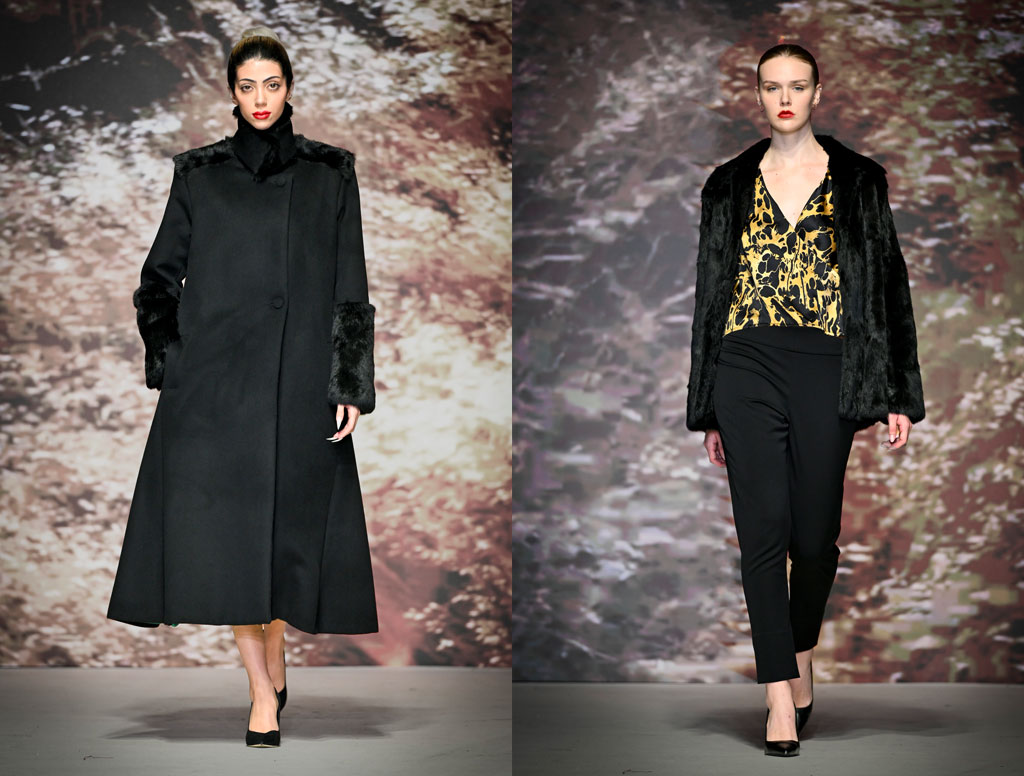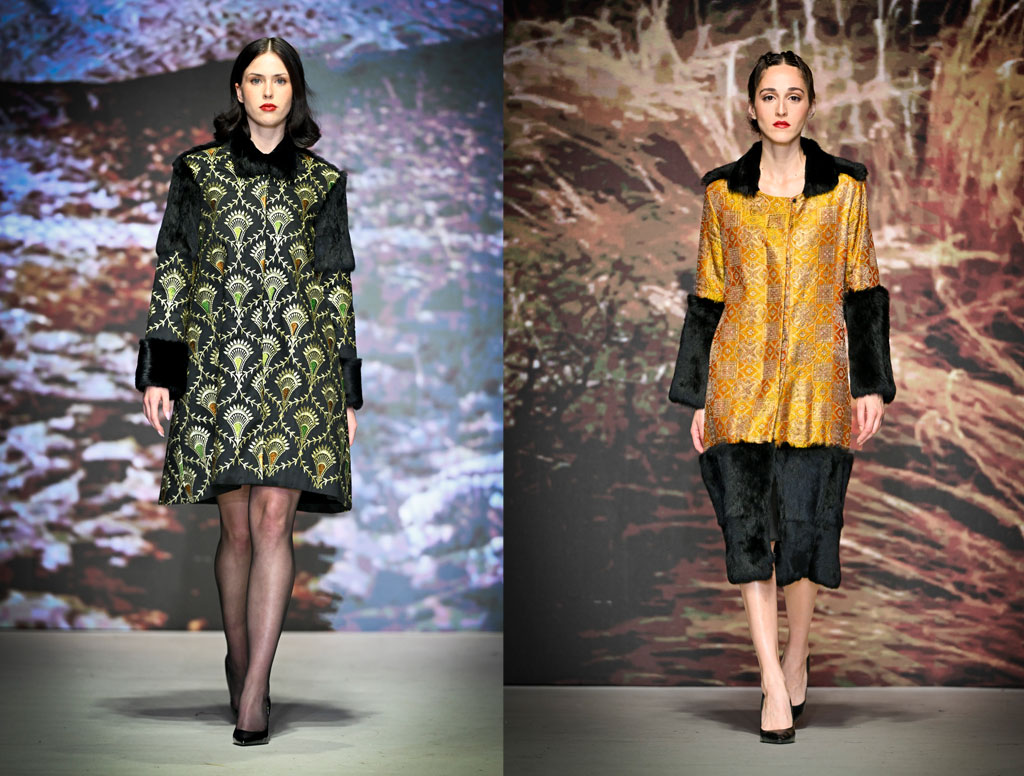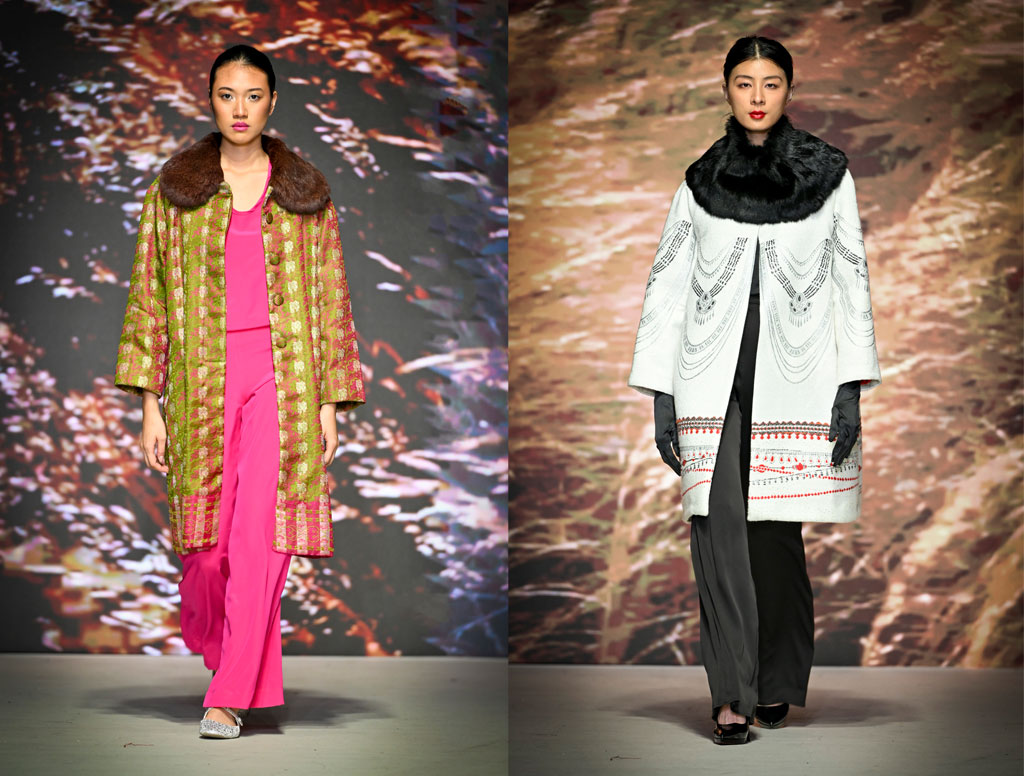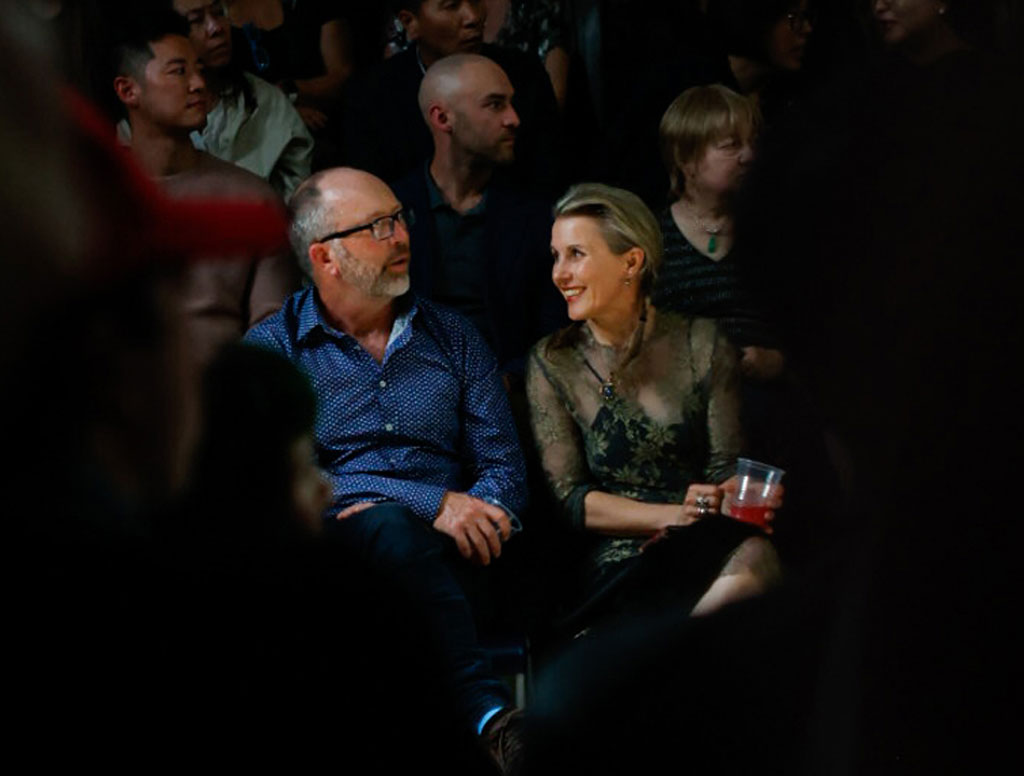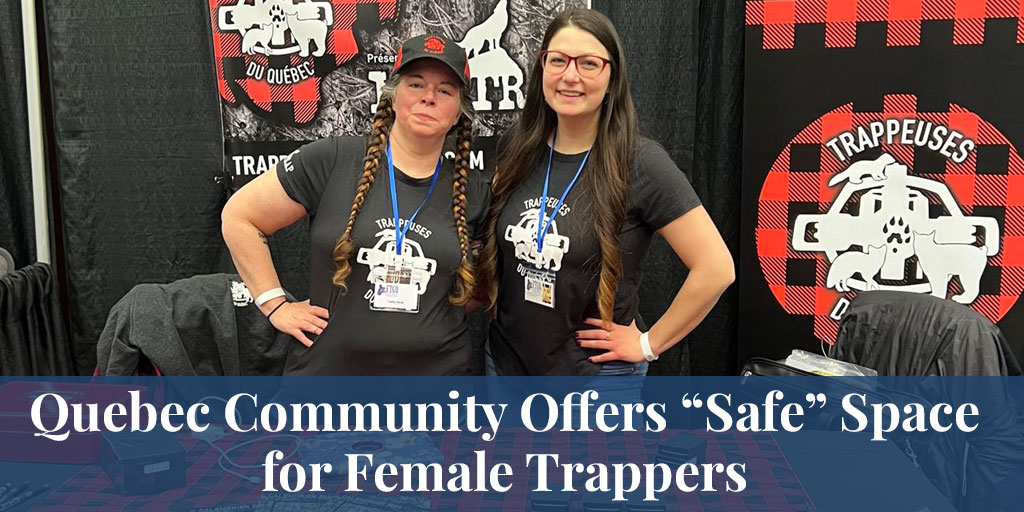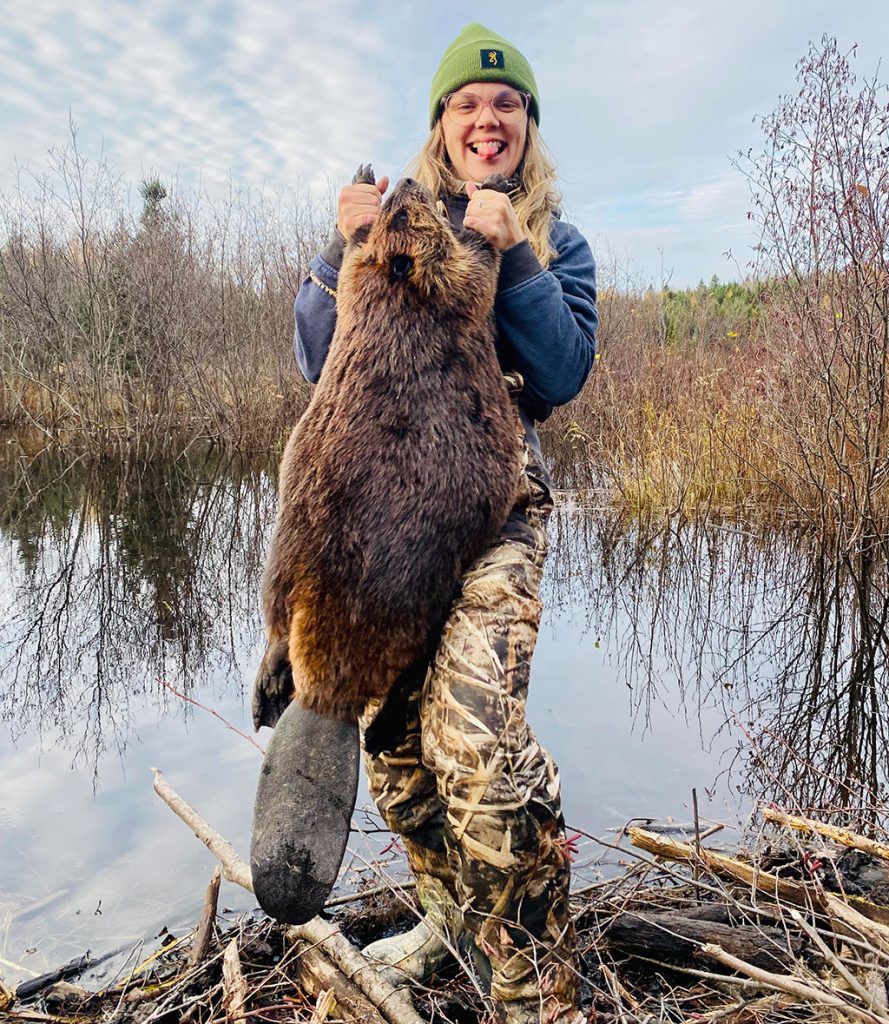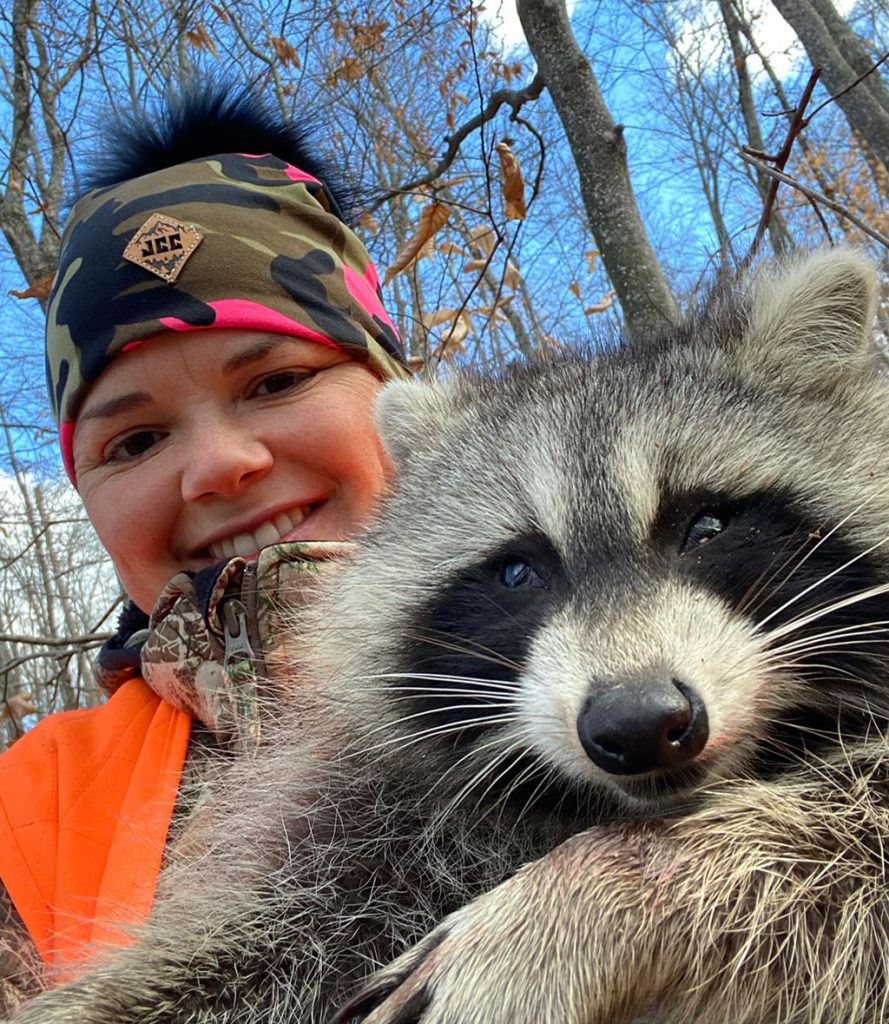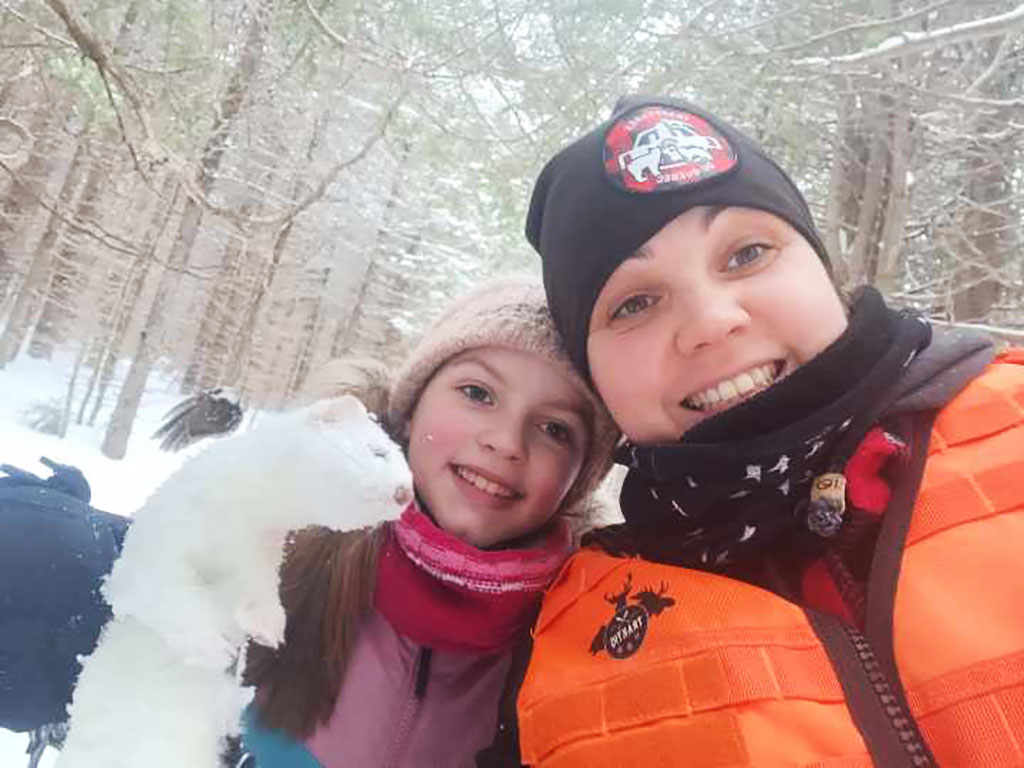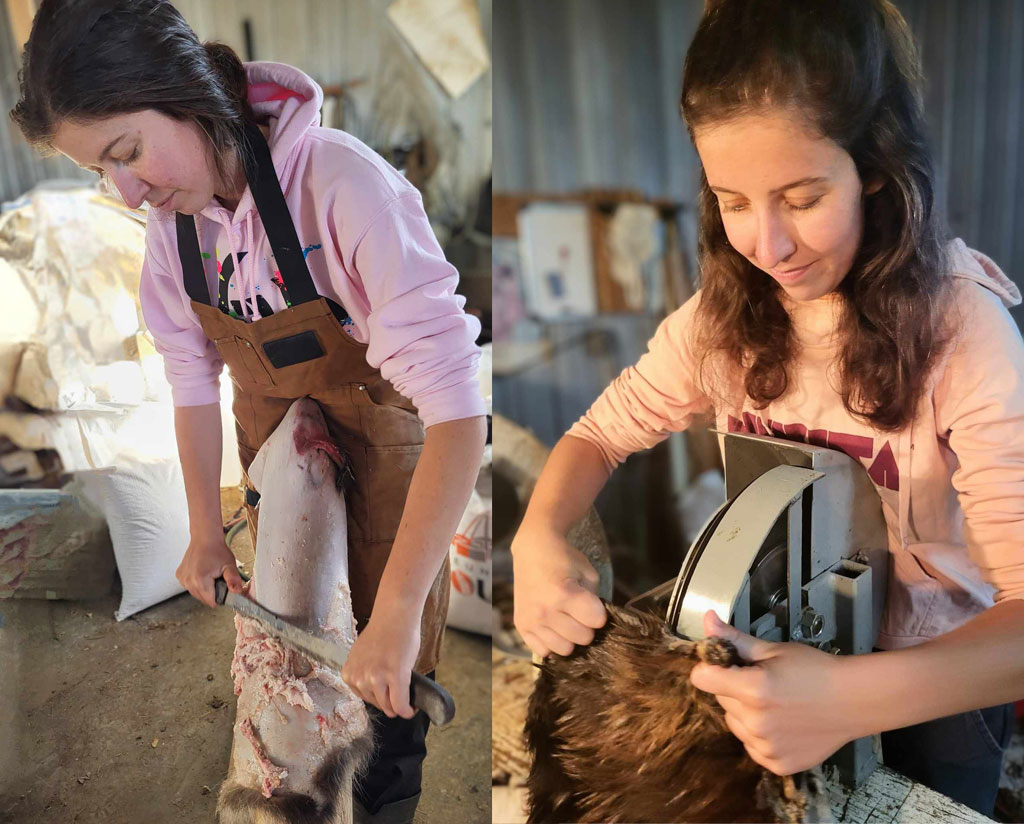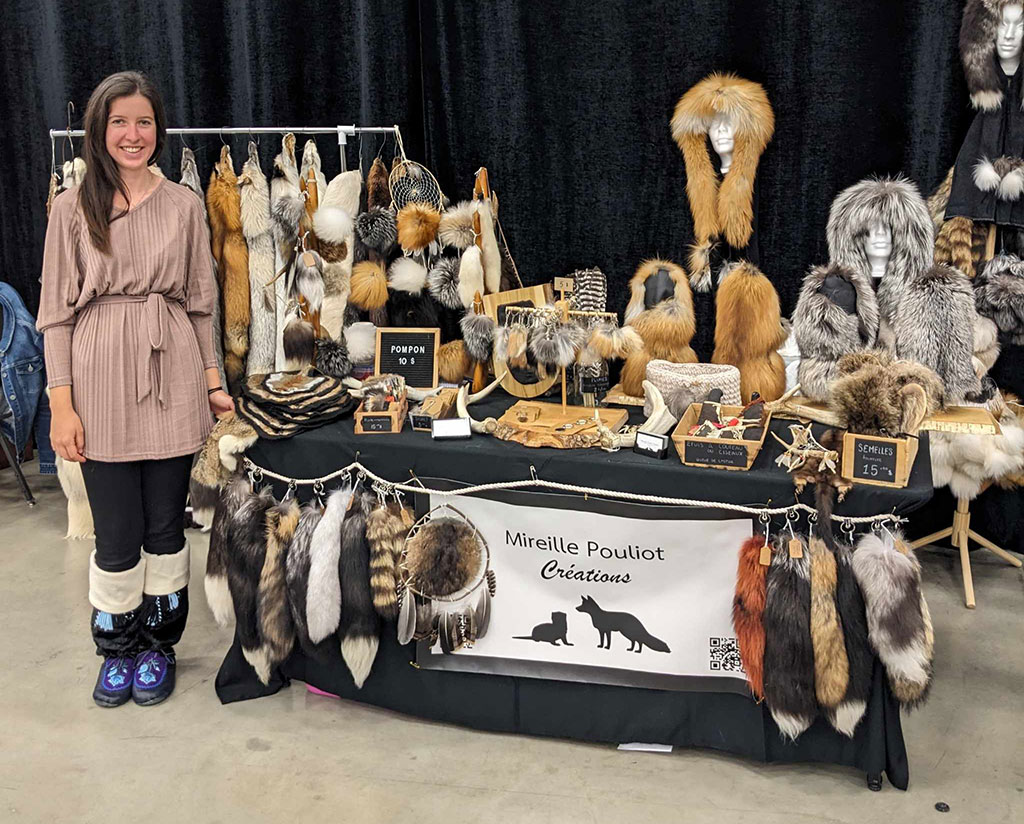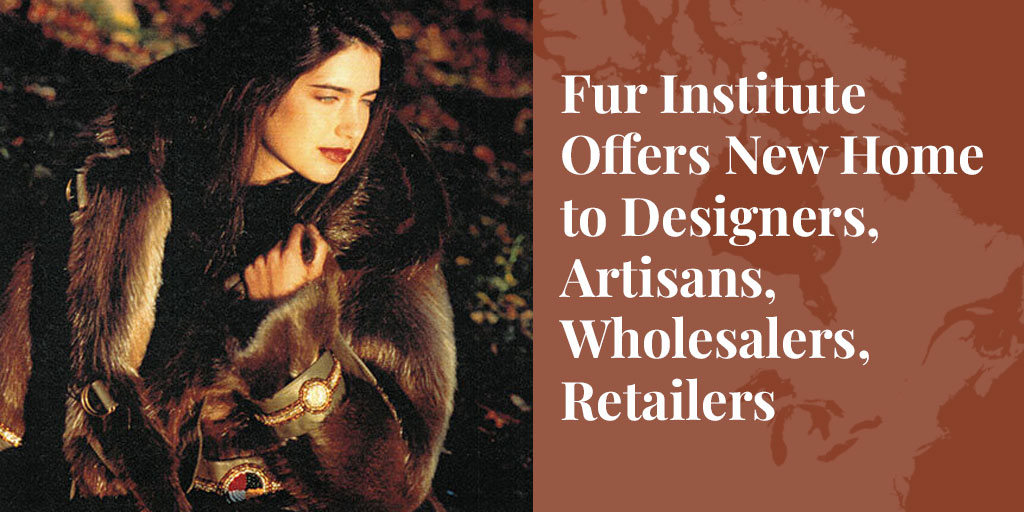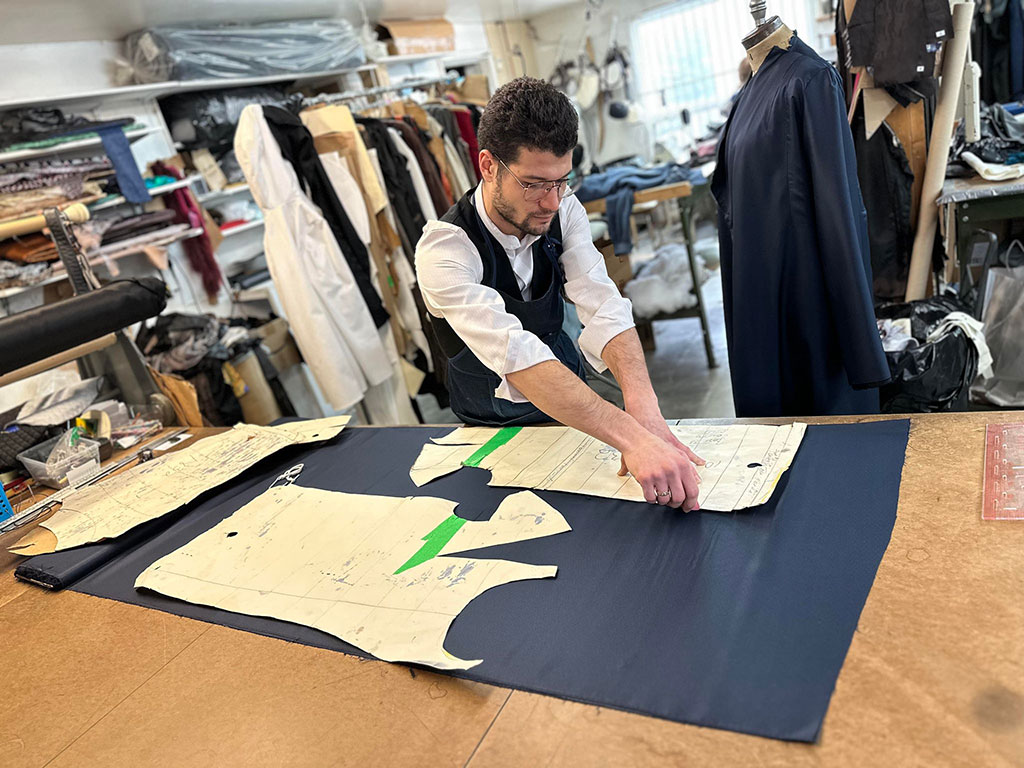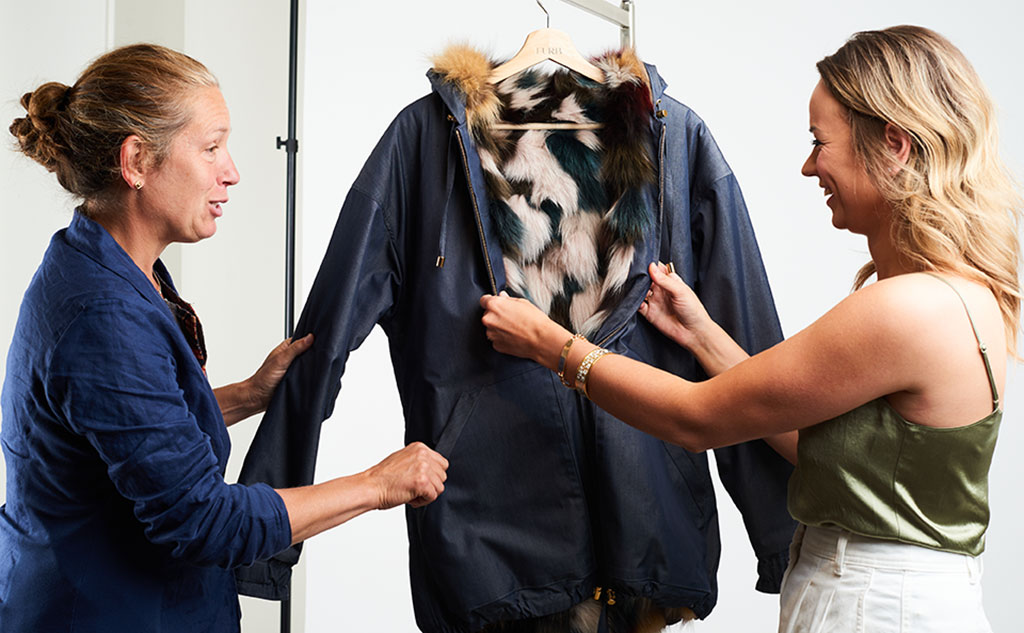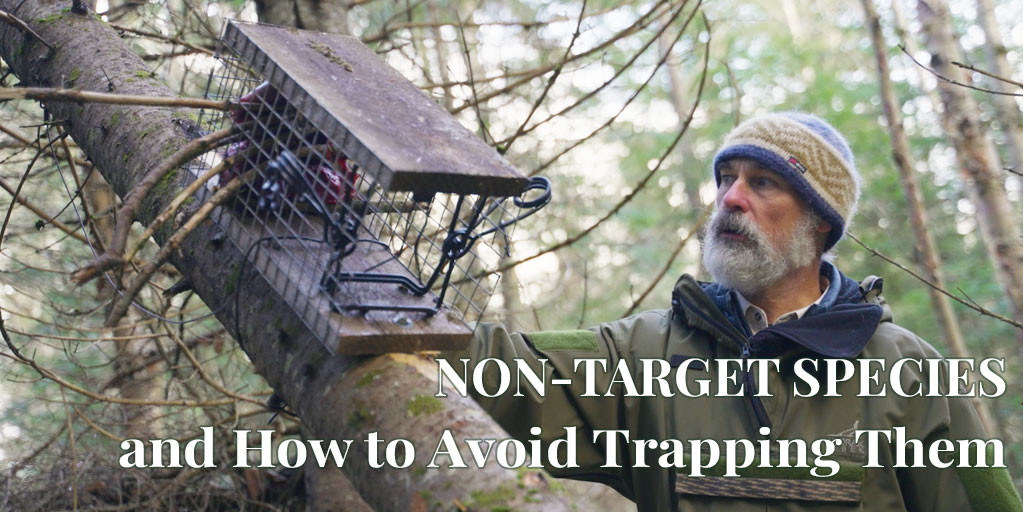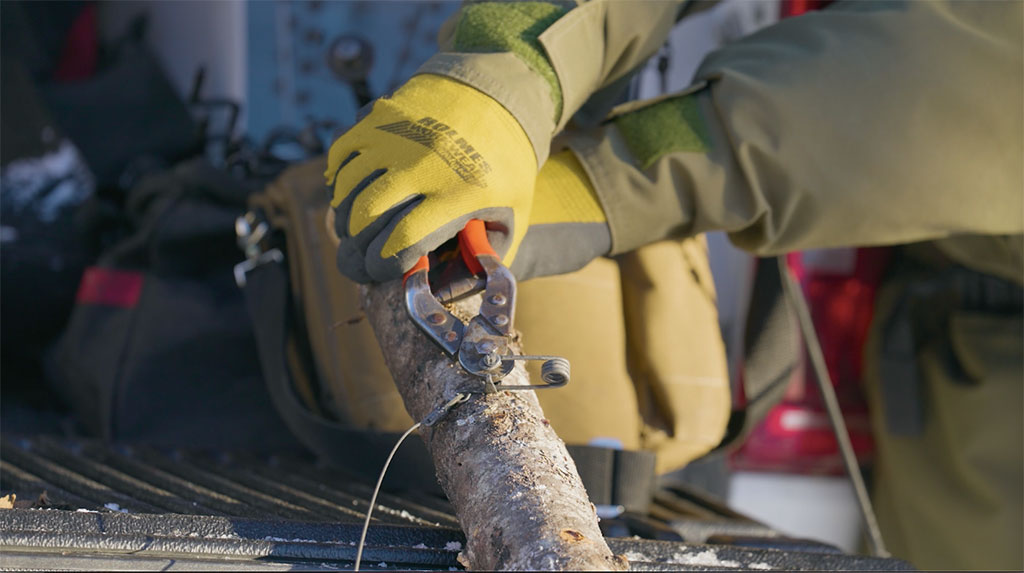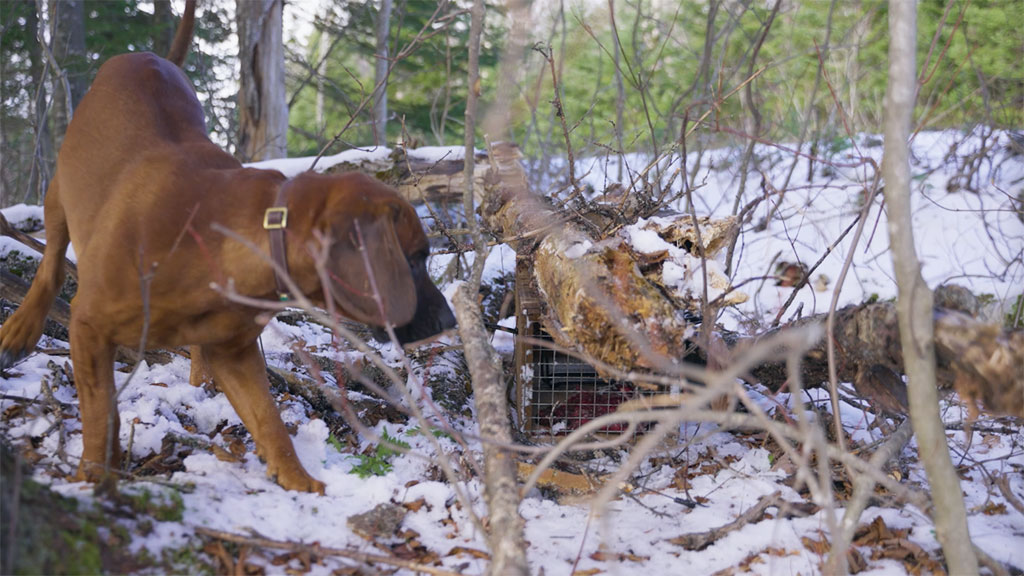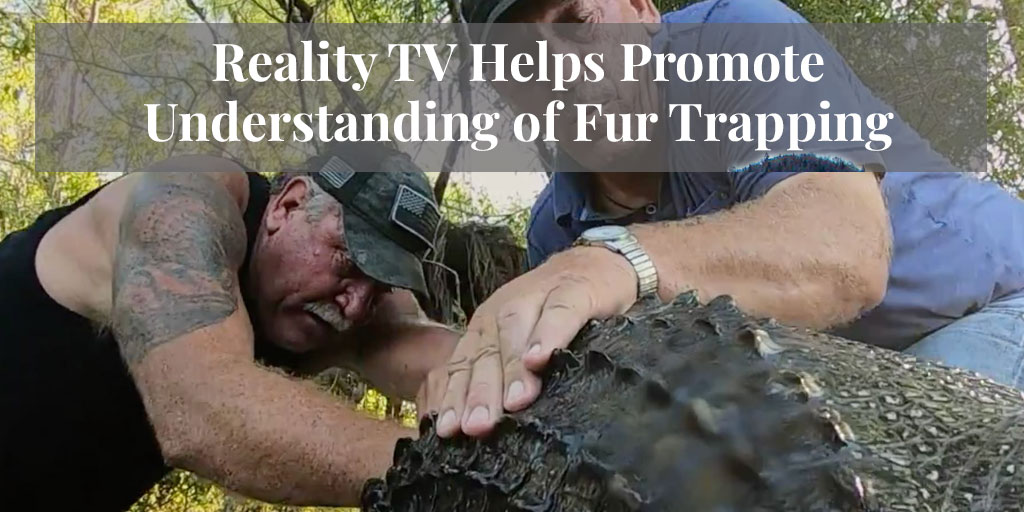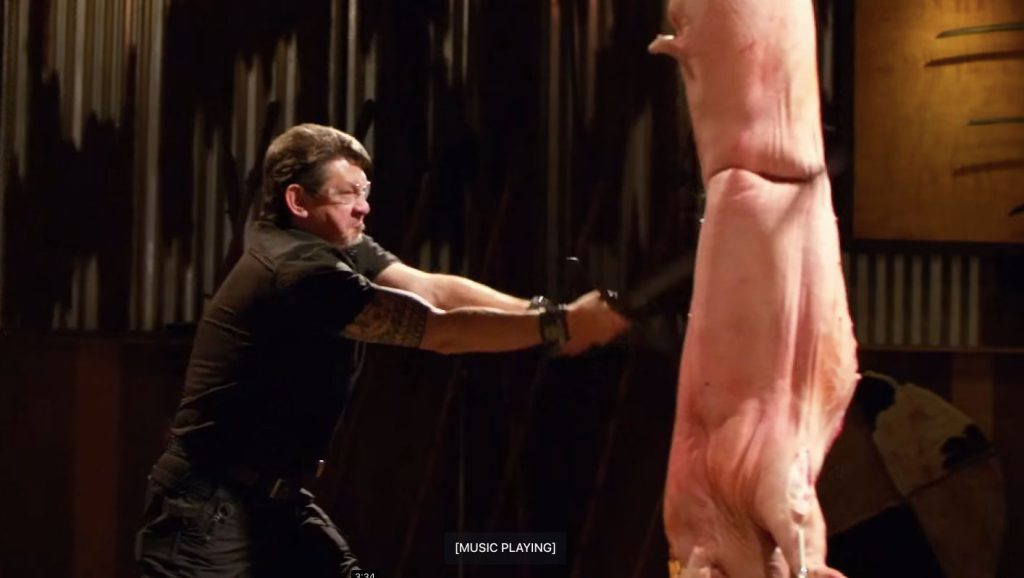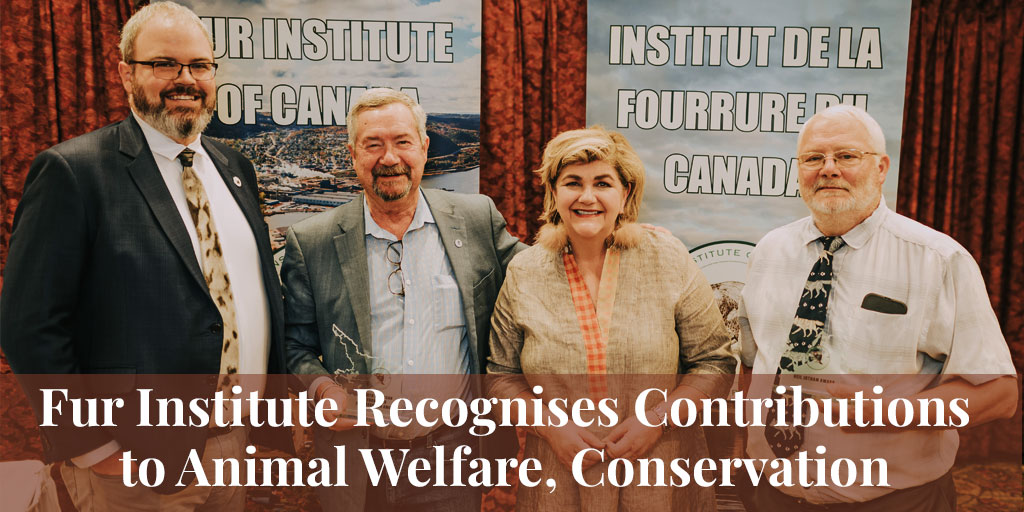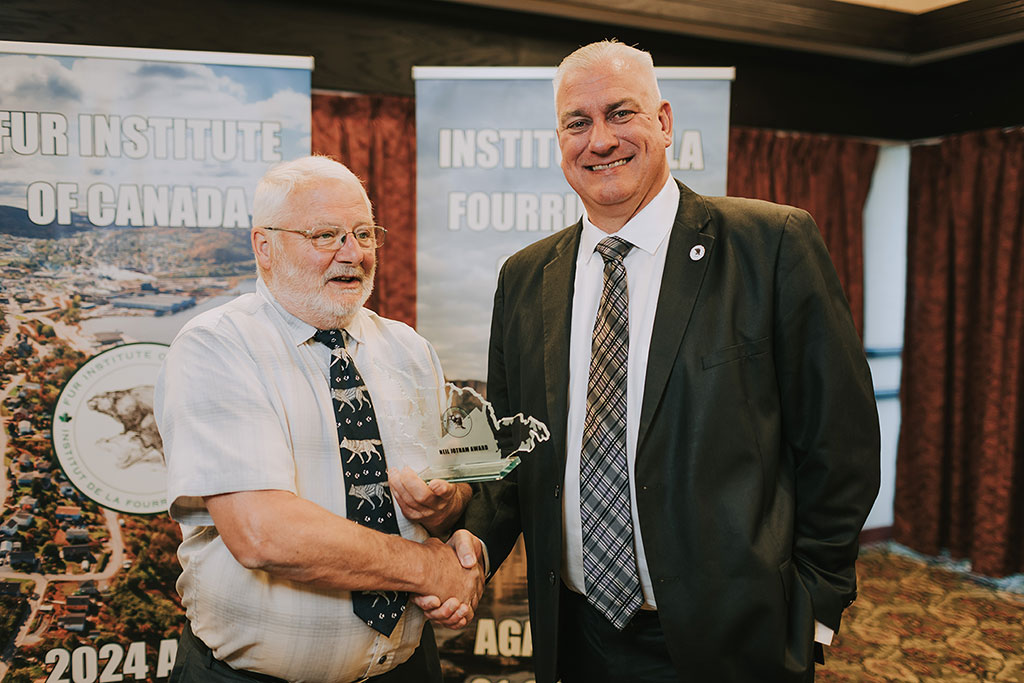Do you have an Instagram account? Can you spell “Tick Tock”? Do you know what an “influencer” is? If all…
Read More

Do you have an Instagram account? Can you spell "Tick Tock"? Do you know what an "influencer" is? If all your answers to these social media questions are "Yes", and they come as easily as saying how many toes you have, chances are you're aged under 40. But if you hesitate or have no idea, you're probably Gen X or even a Baby Boomer. And that's a problem the fur trade needs to address.
Yes, these are generalisations, just as it is to say that the fur trade is ageing, but like most generalisations, they are based in truth.
Social media have become an important way to communicate directly to consumers without having to deal with the middlemen, or gatekeepers, of traditional mainstream media. But so far, the fur trade has been slow to exploit social media, and the main reason is that its managers have grey hair, and most of the people they manage have grey hair too! Social media are aimed primarily at younger people, who also create most of the content, and with little young blood currently entering the trade, keeping up with this trend has become a pressing issue.
At just 24 years old, fur advocate Nora Lacasse doesn't pull her punches when describing the crisis.
"The fur trade is aging and unless we start creating content that feels young, fun, and actually scrollable, we risk losing the next generation entirely," says Nora, who literally grew up with social media. "A lot of traditional fur leaders still approach messaging in a very conventional, institutional way, which simply doesn’t perform in the social media space."
If you recognise yourself in this description of an ageing manager, struggling to keep up with the latest trends, maybe we can still turn things around.
Lose Your Biases
I'm 69, and have little time for social media in my private life – for good reason in my view. I yearn for a past when life seemed simpler and slower, before electronic gadgets began dominating every facet of our existence. Another common gripe among my peers is that today's kids have the attention span of a gnat, favouring shocking images and sound bytes over, say, reading books or even blog posts!
But our ideal world is not the world we currently live in. If you are a manager responsible for marketing or public relations, you can't do your job well unless you also keep up with the times.
So the first thing you must do is lose your biases, or at least set them aside.
You may see Instagram as just a way to share photos that don't even belong to you, but for millions of users it's a source of information and entertainment, and a sophisticated marketing tool. To you, TikTok (correct spelling!) may only be for teenagers looking to twerk and share pranks, but these kids are buying products now, or will be very soon. And while you may think of Facebook as only being good for showing friends what you had for breakfast with a side of fake news, it has also become a powerful marketing tool when in the right hands.
By all means, continue dreaming about tossing your cellphone in the river one day, but if you're in marketing or public relations, wait until you actually retire. You already know that billions of other people depend utterly on their cellphones, and these are the people you should be selling to.
Workload

So you've resolved to up your social media game, but before you take the plunge, consider the work involved.
The most common question asked is how often you should post. There are no hard and fast rules, but if you're posting on Instagram, the consensus is that 1-2 posts per day is fine. For some people, that's already a lot (in terms of time and content), but multiply it by, say, four social media platforms, and you should think about streamlining your operations!
Another rule is that quality trumps quantity. So don't think you can post a load of rubbish just to keep your posting frequency up!
And will all your content strike the same tone, or will you be mixing it up? How much of your content will be original, how much will be sharing others' content, and will you be customising content for different platforms?
Last but not least, you're really supposed to spend time analysing your audiences to see what's working and what's not, and responding with changes as needed. There are several apps to help you in this, but don't forget to read all your visitors' comments too!
Good Role Models

If you're still determined to tackle social media head-on, your next step is to check out what others are doing, and here there is good news: you don't actually have to look beyond the fur trade. That's right; a handful of your younger colleagues are already fully engaged.
A good example is New England Naturals, a maker of custom fur pieces and other natural products in New Hampshire. On founding the company in 2017, Riley and Jake DeBow, both now 31, decided education was key to their business, and in 2020 launched their TikTok channel. Today they also have Instagram, YouTube and Facebook.
With material repurposed for posting on each platform, a newcomer might expect the four audiences to react in similar ways. Not so, says Jake. Rather, there are "substantial differences" between them, in particular in their ages but also in their attitudes.
"The older crowds don't like the 'modern' social media apps," he says, "and the younger crowds have drifted away from the older apps like Facebook and YouTube."
So what differences does he see?
"TikTok users are mostly aged 30 or younger, and want to be entertained," says Jake. "They like comedy, and post jokes in the comments section. Some of them have not even heard of trapping, but still they engage."
"Instagram users give us the most community support. Most are aged from 25-55, and they are interested in trapping and a subsistence lifestyle. They want to learn and feel part of a community, with most engagement coming from people who are inquisitive and deeply curious about the content we create."
"Then there are YouTubers, who tend to be people who are not on 'popular' channels like Instagram and TikTok. Many are trappers who like videos that explain the fine details and specifics of trapping and fur handling."
"And then there are our Facebook users, the oldest of the lot, with many over the age of 55. They are the most critical of our content. Anti-trappers are very active and loud, but so are the trapping community."
If nothing else, one takeaway here is that audiences differ, which is why people who take social media seriously use multiple platforms. Life would be simpler if we all used the same one, but as I've already said, life is no longer simple!
Influencers

After reading all the above, it would be totally understandable if your response was, "I just don't have time!" But there is another option: influencers.
Your typical influencer is a freelance expert in social media who creates content for a paying client, endorsing a product in the hope of increasing sales. This is usually achieved by projecting nuanced messages aimed at changing a consumer's mindset. In the case of fur, these messages might focus on sustainable use, the role of trapping in wildlife management, or the warmth and beauty of fur.
So how do you go about choosing the right influencer?
For famous brands, it might be as simple as giving a celebrity a luxury garment in exchange for their promise to go nightclubbing in it. But for the rest of us, the process is a little more hit-and-miss.
It's not a minefield, though. Indeed, all the steps you need to take are basic to all management.
Step 1 (see above) is to set aside your biases. If you still see influencers as hustlers offering good reviews in exchange for free food and clothing (or vice-versa), most of these people are quickly drummed out of business. If you get the slightest hint you're dealing with one, just walk away.
Step 2 is to educate yourself as much as possible about the influencer market so you can at least sound knowledgeable in negotiations over things like budget and deliverables.
And Step 3 is to ask for recommendations.
"So far, the Fur Institute of Canada has only dipped its toe in the influencer market to promote fur, working primarily with Nora Lacasse," says Executive Director Doug Chiasson. At just 24, Nora already has a reputation as an advocate of fur, content creator, and a candidate for Miss Universe Canada 2025. "Early in 2025, we ran a small Instagram campaign with a range of influencers, which helped us build a relationship with Nora. We then invited Nora to Première Vision Montreal to create some interesting content."
SEE ALSO: Nora Lacasse: Sustainable fur advocate. The Truth About Fur podcast, July 29, 2025.
"The experience so far has been positive," continues Doug. "Our Instagram following has grown, some FIC members have independently struck up deals with Nora, and other organizations are talking to us about how we approach influencer marketing."
So how is Nora finding life as a fur influencer?
"It’s been a powerful journey representing fur on social media and now on the pageant national stage," she says. "There’s been backlash, yes – but also momentum. The resistance proves the message is bold, and it’s starting the right conversations."
"For lifestyle and fashion, Instagram and TikTok are where the momentum is. Both are essential, but Instagram is the core of my brand."
Like Jake DeBow, she also sees differences in her audiences.
"The Instagram audience tends to be slightly older and more consumer-conscious than on TikTok," she says. "They are more likely to engage thoughtfully, especially when it comes to luxury or sustainability. TikTok, on the other hand, is great for reaching younger users and testing fast, engaging formats. Gen Zers [born 1997 to 2012] haven’t grown up with the same narratives. They're more open-minded and curious, especially as fast fashion starts to lose its appeal. I’ve personally seen way more traction and engagement from younger audiences on TikTok. It’s fast, visual, and where growth is happening."
"Facebook is more for an older demographic, and honestly, that group is harder to influence; they’ve been heavily marketed to, especially when it comes to fur, and many already have strong emotional responses."
Scrolling, Swiping

So what does the future hold for social media and the fur trade? Can we hope that all our grey-haired managers will respond to this call to arms? And are there enough youngsters waiting to receive their marching orders? Or are influencers the way to go?
However we choose to face this challenge, Nora and Jake agree that the pace will be fast and furious.
"Just putting out information isn't enough," says Nora. "People don’t want a lecture, they want something thought-provoking, visually compelling, or even a little controversial. The irony is that fur is slow fashion. But if we want it to thrive, it has to be willing to move at the speed of the scroll."
"Attention spans now are short, and one reason why fast fashion brands are thriving is because their videos are packaged in a way that speaks to a fast-paced, younger audience in short videos, bold statements, emotional or aesthetic appeal."
Jake points to the speed at which people swipe as the reason to deliver messages in the punchiest way imaginable. "Feeds change so quickly and videos become irrelevant after a short period of time, so we need to be sure that messaging doesn't fall through the cracks. And the most important messages need to be delivered in the first sentence of a video or you risk viewers not getting to the important information as they swipe so quickly."
Visually compelling messages? Videos that become irrelevant? Key messages in the first sentence? Viewers scrolling or swiping like whirling dervishes? Like it or not, this is the world we all live in, but can the grey-haired fur trade adapt?








